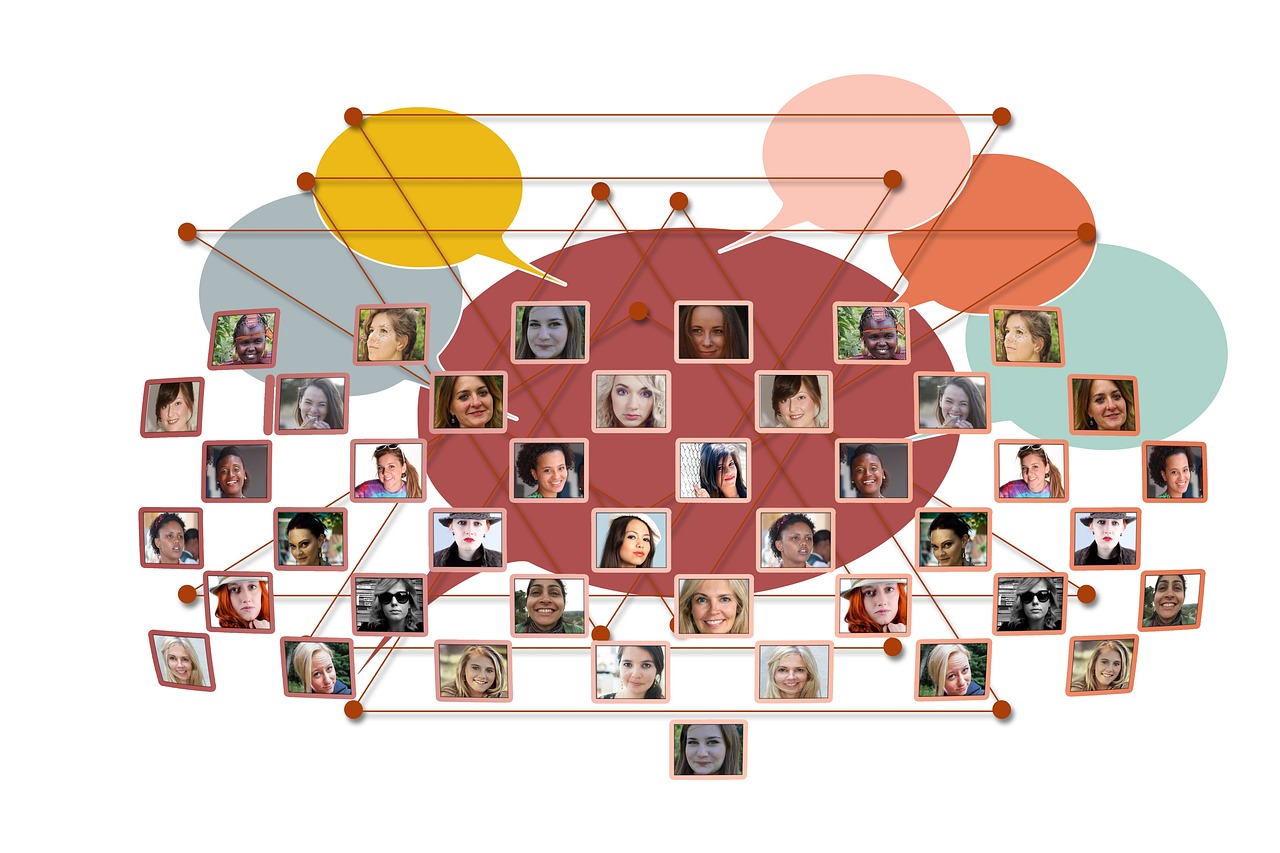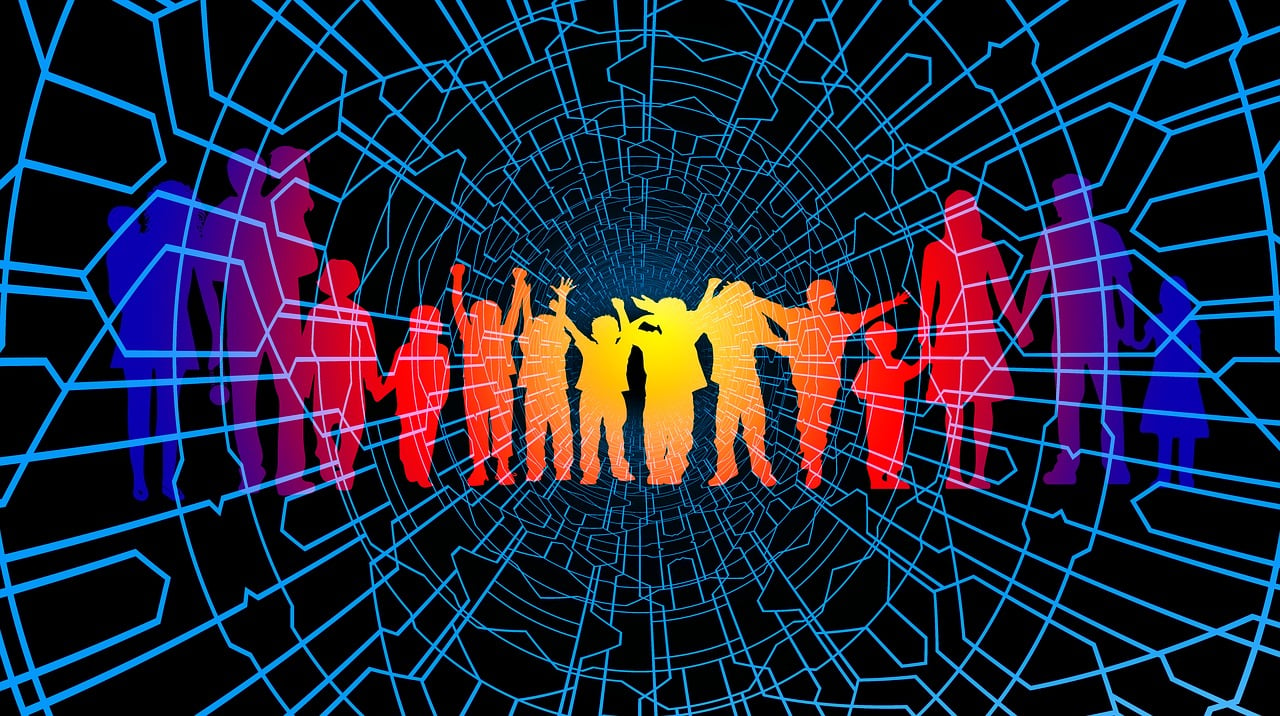Unveiling the Power of Machine Learning in Game Development: The New Frontier in Gaming
The gaming industry has always been at the forefront of technological innovation, constantly evolving to bring more immersive and engaging experiences to players around the world. In recent years, machine learning has emerged as a powerful tool in game development, transforming the way games are created and played. This new frontier in gaming promises to revolutionize not only the development process but also the player experience. In this comprehensive exploration, we delve into the various ways machine learning is reshaping the gaming landscape, from procedural content generation to personalized gaming experiences.
The Rise of Machine Learning in Game Development
Machine learning, a subset of artificial intelligence (AI), involves training algorithms to learn from data and make decisions based on that data. Its application in game development is a relatively new phenomenon, but one that is rapidly gaining traction. The use of machine learning enables developers to create smarter, more adaptive games that can respond dynamically to player actions and preferences.
One of the key drivers behind the rise of machine learning in gaming is the increasing computational power available to developers. With more powerful processors and advanced graphics capabilities, developers can implement complex machine learning models that were previously infeasible. This technological leap has opened up a world of possibilities, allowing for more sophisticated game mechanics, enhanced graphics, and more realistic non-player characters (NPCs).
Procedural Content Generation: Creating Infinite Worlds

One of the most exciting applications of machine learning in game development is procedural content generation (PCG). This technique uses algorithms to automatically generate game content, such as levels, maps, and quests, allowing developers to create expansive, dynamic game worlds. Procedural generation is not a new concept, but machine learning takes it to a whole new level by enabling the creation of content that adapts to player behavior and preferences.
For example, machine learning algorithms can analyze a player’s actions and generate new content that aligns with their playstyle. If a player tends to explore more, the game might generate larger maps with hidden areas and secrets to discover. On the other hand, if a player prefers combat, the game could create levels with more enemies and combat scenarios. This level of personalization enhances the player’s experience and keeps them engaged for longer periods.
Enhancing Non-Player Characters with AI
Non-player characters (NPCs) are a crucial component of many games, providing players with challenges, quests, and stories. Traditionally, NPCs have been programmed with static scripts that dictate their behavior, but machine learning is changing that. By using reinforcement learning, developers can create NPCs that learn and adapt over time, offering a more realistic and challenging experience.
For instance, NPCs can use machine learning to analyze player behavior and adjust their strategies accordingly. If a player consistently defeats an enemy using a particular tactic, the NPC can adapt by changing its behavior or tactics, forcing the player to evolve and improve their strategies. This leads to a more dynamic and engaging gameplay experience, as players must constantly think on their feet and adapt to new challenges.
Personalized Gaming Experiences

Personalization is becoming increasingly important in gaming, as players seek unique experiences tailored to their individual preferences. Machine learning plays a vital role in delivering personalized gaming experiences by analyzing player data and adjusting game mechanics, difficulty levels, and content accordingly.
For example, machine learning algorithms can track a player’s skill level and adjust the game’s difficulty to provide an optimal challenge. If a player is struggling, the game might offer hints or reduce the difficulty temporarily. Conversely, if a player is excelling, the game might introduce tougher challenges to keep them engaged. This dynamic difficulty adjustment ensures that players remain challenged and motivated, enhancing their overall enjoyment of the game.
Improving Game Testing and Quality Assurance
Game testing and quality assurance are critical components of the game development process. Machine learning can significantly enhance these processes by automating various tasks and identifying issues more efficiently. By training machine learning models to recognize bugs and glitches, developers can streamline the testing process and ensure higher-quality releases.
Furthermore, machine learning can be used to simulate player behavior, allowing developers to identify potential issues before the game is released. By analyzing player data, machine learning algorithms can predict how players might interact with the game and identify areas that require improvement. This proactive approach to quality assurance helps developers create more polished and enjoyable games.
The Future of Machine Learning in Gaming
The potential of machine learning in game development is vast, and we are only beginning to scratch the surface of what is possible. As technology continues to advance, we can expect even more innovative applications of machine learning in gaming. From creating more realistic virtual environments to developing games that can understand and respond to natural language, the future of gaming is bright with possibilities.

One exciting avenue is the integration of AI-driven storytelling, where games can dynamically generate narratives based on player choices and actions. This level of interactivity and immersion could redefine how we experience stories in games, blurring the lines between player and storyteller.
Takeaways
Machine learning is undoubtedly a game-changer in the world of game development, offering new ways to create, play, and experience games. By harnessing the power of machine learning, developers can create more dynamic, personalized, and engaging experiences that keep players coming back for more. As we continue to explore this new frontier in gaming, one thing is certain: the future of gaming is bound to be more intelligent, immersive, and exciting than ever before.
Challenges and Considerations
While the potential of machine learning in game development is immense, it also presents several challenges and considerations that developers must address. One of the primary challenges is the complexity of integrating machine learning models into existing game engines and systems. Developers must ensure that these models are optimized for performance and do not negatively impact the game’s overall responsiveness and speed.
Data privacy is another critical consideration. As machine learning models often rely on vast amounts of player data to function effectively, developers must ensure that they are handling this data responsibly and in compliance with privacy regulations. This includes implementing robust data protection measures and being transparent with players about how their data is being used.
Moreover, there is the challenge of balancing machine learning-driven dynamic content with the designer’s creative vision. While machine learning can create personalized experiences, developers must ensure that these experiences remain coherent and aligned with the game’s narrative and artistic direction. Striking this balance is crucial to maintaining the integrity of the game while leveraging the benefits of machine learning.

Case Studies: Machine Learning in Action
Several game developers have already begun to explore the potential of machine learning in their projects, with impressive results. A notable example is the game No Man’s Sky, which uses procedural generation to create an entire universe of planets, each with unique ecosystems and landscapes. Although not solely reliant on machine learning, the game’s use of algorithms to generate vast, diverse worlds is a testament to the potential of AI-driven content creation.
Similarly, the game Middle-earth: Shadow of Mordor introduced the innovative Nemesis System, which uses AI to create dynamic and evolving enemies that remember the player’s actions and adapt their behavior accordingly. This system creates a unique narrative experience for each player, as enemies develop personal vendettas and actively pursue the player throughout the game world.
These examples illustrate the diverse ways in which machine learning can be applied to enhance games, providing players with richer and more immersive experiences. As more developers experiment with machine learning, we can expect to see even more innovative applications emerge in the coming years.
The Role of Open Source and Community Collaboration
The open-source community plays a significant role in advancing the use of machine learning in game development. Many developers and researchers contribute to open-source projects that provide tools, frameworks, and resources for integrating machine learning into games. These collaborative efforts help to democratize access to machine learning technologies, allowing smaller developers and indie studios to experiment with AI-driven features without the need for extensive resources.

Platforms like TensorFlow and PyTorch are widely used in the industry for developing machine learning models, offering comprehensive libraries and tools for training, testing, and deploying AI models. By leveraging these platforms, developers can tap into a wealth of community knowledge and support, accelerating the integration of machine learning into their projects.
Looking Ahead: The Next Steps for Developers
As the gaming industry continues to embrace machine learning, developers must stay informed about the latest advancements and best practices in AI technology. This includes understanding the ethical implications of AI and ensuring that their use of machine learning aligns with responsible gaming practices.
Developers should also consider investing in training and upskilling their teams to equip them with the skills needed to work with machine learning technologies. This might involve collaborating with AI experts or participating in workshops and courses focused on machine learning and game development.
Ultimately, the successful integration of machine learning into game development will require a collaborative approach, with developers, researchers, and the gaming community working together to push the boundaries of what is possible in gaming. By embracing this new frontier, developers can create games that are not only entertaining but also innovative and transformative.
Final Thoughts
The fusion of machine learning and game development marks an exciting chapter in the evolution of gaming. As developers continue to explore the potential of AI-driven technologies, we can expect to see games that are more responsive, personalized, and immersive than ever before. This new frontier in gaming holds the promise of redefining how we interact with virtual worlds, offering players experiences that are as unique and dynamic as they are memorable. As we look to the future, one thing is clear: machine learning is set to play a pivotal role in shaping the next generation of games, and we are only just beginning to discover its full potential.
![“Behind the Scenes: An Exclusive Look at the Making of [Upcoming Highly Anticipated Game]”](https://brasil-jogo.com/wp-content/uploads/2025/11/behind-the-scenes-an-exclusive-look-at-the-making-of-upcoming-highly-anticipated-game-9JXK49-450x338.jpg)
















